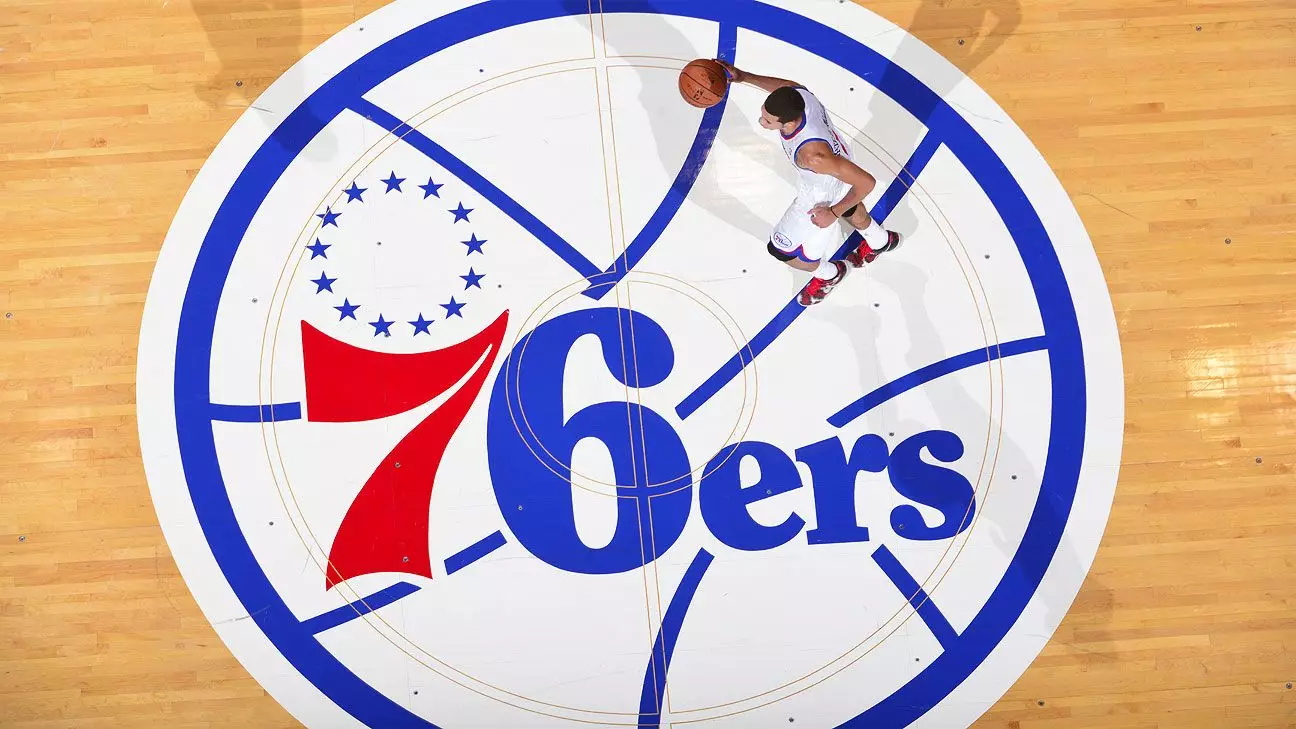In a dramatic shift emblematic of the turbulent interplay between sports, urban development, and community interests, the Philadelphia 76ers have decided to remain in South Philadelphia, opting to partner with Comcast Spectacor rather than pursue their ambitious downtown arena project near City Hall. This unexpected reversal is more than just a real estate decision; it signals a poignant moment of reflection for the city’s planners, its residents, and the stakeholders invested in Philadelphia’s future.
The sudden announcement came as a shock to many, including public officials and community advocates who had spent years negotiating and advocating for the 76ers’ proposed $1.3 billion arena in a sensitive zone near Chinatown. The city’s Mayor, Cherelle Parker, heralded the new collaboration as a “win, win, win” for Philadelphia, but the celebration was accompanied by a lingering sense of betrayal from city council members and affected communities. This dichotomy illustrates the complexities inherent in urban development initiatives, particularly involving significant cultural institutions like professional sports teams.
The 76ers’ decision to abandon their downtown proposal had a profound impact on local stakeholders, particularly the residents of Chinatown who had opposed the construction of an arena in their neighborhood. The original plan, which incited heated debate and contention over its potential effects on the community, was seen by some as a development moving towards gentrification, overshadowing the voices of those living in the area.
Chinatown activist Vivian Chang captured this sentiment articulately when she expressed a mix of cautious optimism and frustration over the changes. Many community leaders felt their concerns about the potential negative consequences for residents were swept aside during the long negotiations. The time, they argue, could have been better spent discussing community-focused initiatives rather than being held in limbo by high-stakes developer negotiations.
Financial motivations often lie at the heart of such monumental decisions, and the 76ers’ latest move is no exception. While the ownership group, led by investor Josh Harris, initially pushed for a new arena downtown, recent discussions showcased an apparent shift in strategy as they sought a partnership with Comcast. As neighborhood businesses and city leaders reviewed the potential economic impacts of a new arena, the conversation increasingly turned to the preservation of existing neighborhoods versus the promise of economic revitalization through new development.
Economists analyzing the situation suggest that team owners frequently play cities against one another, seeking the most lucrative deal. In the case of the 76ers, their inclination to withdraw from the downtown negotiations reflected a classic strategy for securing advantageous financial terms in their home territory. They can harness the existing infrastructure in South Philadelphia, sharing the arena with the Philadelphia Flyers and moving forward with a proposed WNBA team, all while ensuring that their local fan base remains engaged.
The city’s leadership has not been immune to criticism regarding the handling of this situation. City Council members, particularly Jim Harrity, articulated feelings of betrayal as the plan shifted suddenly, leading to an erosion of trust between city officials and the 76ers’ ownership. Additionally, council members Jamie Gauthier and Rue Landau expressed dismay at how the decision was reached, questioning the respect shown to the stakeholders involved, including residents and community groups.
With this abrupt pivot, the potential to reinvigorate downtown Philadelphia through a state-of-the-art sports facility now hangs in the balance. The newly abandoned downtown proposal was expected to act as a catalyst for revitalizing Market East, an area that has languished amid urban decay despite numerous recovery efforts. Without an anchor like a modern sports venue, hopes for revitalizing this historic corridor are clouded in uncertainty.
The Future of Philadelphia’s Sports and Economic Landscape
Looking ahead, the 76ers’ partnership with Comcast Spectacor presents a unique opportunity for the franchise and the broader Philadelphia community. Commitments from both parties to enhance the local economy through their South Philadelphia project suggest a new chapter for the franchise and the region’s sporting spirit.
However, as discussions advance, it is vital that local voices remain integral to these plans. A palpable sense of skepticism lingers among residents who feel they have been overlooked. Their engagement and advocacy will be essential in shaping the development agenda in a way that reflects not only the city’s ambition for a flourishing sports environment but also prioritizes the concerns of local neighborhoods.
The Philadelphia 76ers’ decision represents not just a pivot in their strategic planning but an opportunity for genuine dialogue about urban development in Philadelphia, one that involves community input and careful consideration of all stakeholders’ interests. The road ahead may be fraught with challenges, but with collaborative efforts, there is hope for a future where the aspirations of the sports franchise and the city’s neighborhoods can coexist harmoniously.

